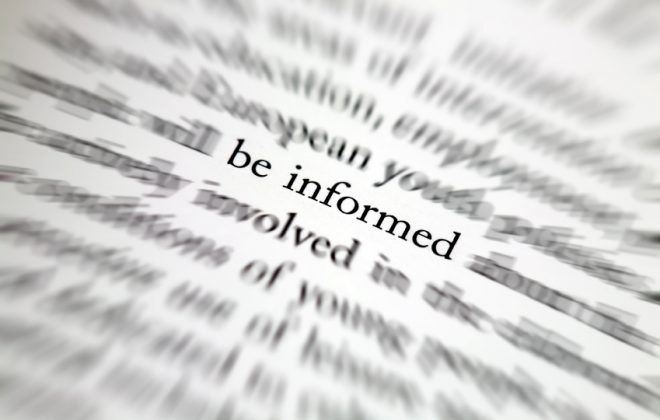The Role of NLP In Healthcare
Why is there suddenly a massive interest in NLP in the healthcare industry?
To understand this, we have to understand the kind of environment healthcare operates in. To most of the healthcare institutions and stakeholders in the ecosystem, it is a quagmire where everyone trying to hit a moving target. Stringent regulatory and compliance laws like HIPAA and GDPR, the various nuances of the EHR incentive framework and data interoperability, and other issues like the MACRA framework – all such things add to the complexity of healthcare data gathering, processing, and analysis.
Being cognizant of all this, the healthcare industry is trying to convert the big data that it has into smart data, and hence NLP.
Natural Language Processing (NLP) and its relevance in Healthcare
Let us understand what NLP is. That will subsequently enable us to understand its importance in healthcare.
NLP is an algorithm-based principle that helps in the analysis of text data, images, and other unstructured data. It summarizes the whole journal information from which one can then generate actionable insights. Today, the vast majority of the data in healthcare is unstructured. This includes data in the form of diaries, instructions, blogs, and social media interactions. In a scenario like healthcare, it makes more sense to tap into the potential of unstructured data.
The percentage of unstructured data in healthcare is as high as 80%. Without NLP, it is next to impossible to make the data readable and usable. With NLP, it becomes easier to manage this chunk and also become more complaint.
It is no surprise that the total spending on NLP in healthcare was a whopping USD 1 billion in 2016. It is only going to increase, and it is predicted that it will be USD 2.6 billion in 2021.
One of the direct effects of NLP has been a reduction in the time required to arrive at a clinical guideline. According to experts, it has come down by 60%.
In one such study, IBM Watson conducted a pilot program wherein; IBM ran their algorithm across a humongous 21 million records and, with an accuracy of 85%, identified 8500 patients who run a risk of congestive heart failure within a week.
The Growth of NLP in Healthcare
Some other factors are also driving the massive growth of NLP in healthcare. Let us take a look at those.
The healthcare ecosystem is developing. With the proliferation of smart technologies, the environment is becoming more conducive to the application of NLP.
First of all, the ability to handle this upsurge in data has increased. The whole big data ecosystem has come together to handle the upsurge in data. Thanks to cloud computing, storing data has become economically viable. By making sense of the data, the caregivers have realized that it is easier to offer a more bespoke treatment, aka personalized healthcare.
Patient interactions have also become more fruitful as NLP has started making sense of the EHR data. A series of algorithms can run through humongous amounts of medical journals and make sense out of those doling out better knowledge, and hence improving patient literacy. With this, the need for improvement in healthcare quality is addressed right at its roots. Analytics also enhances the identification of the patients who need care or run a risk of an attack.
Real-World Use Cases of NLP in Healthcare
A real-life use case is the identification of the depression symptoms in US war veterans. With 80% accuracy, the code crunched all the data from more than 2 million lengthy EHR records. It primarily identified mentions of suicide or suicide attempts.
Speech recognition, enabled with NLP, is playing a critical role in transforming healthcare. It is freeing up caregivers from taking notes dictation and has streamlined the process of verbal instruction conversion to EHR data. This phenomenon is being further extended to clinical documentation.
Another emerging use is clinical trial matching. This is helping in meeting the targets for enrollment. Using NLP, healthcare institutions are able to identify which subjects need more heightened care coordination. NLP is undoubtedly contributing significantly in raising the bar as far as the quality of care is concerned.
NLP taps into the potential of unstructured data and draws inferences which has till now been unexplored. Considering the available huge amount of data, and the potential of providing a 360-degree view of the customer increase once the unstructured data starts making sense. Most of the EHR data is unstructured. NLP offers a huge potential is mining that.
Once that data is mined and converted into structured data, the number of specific use cases will increase.
In summary, one can safely say that NLP has unlocked the information once lying unexploited under piles of a document. With a correct partner on board, healthcare organizations can start reaping the benefits.




